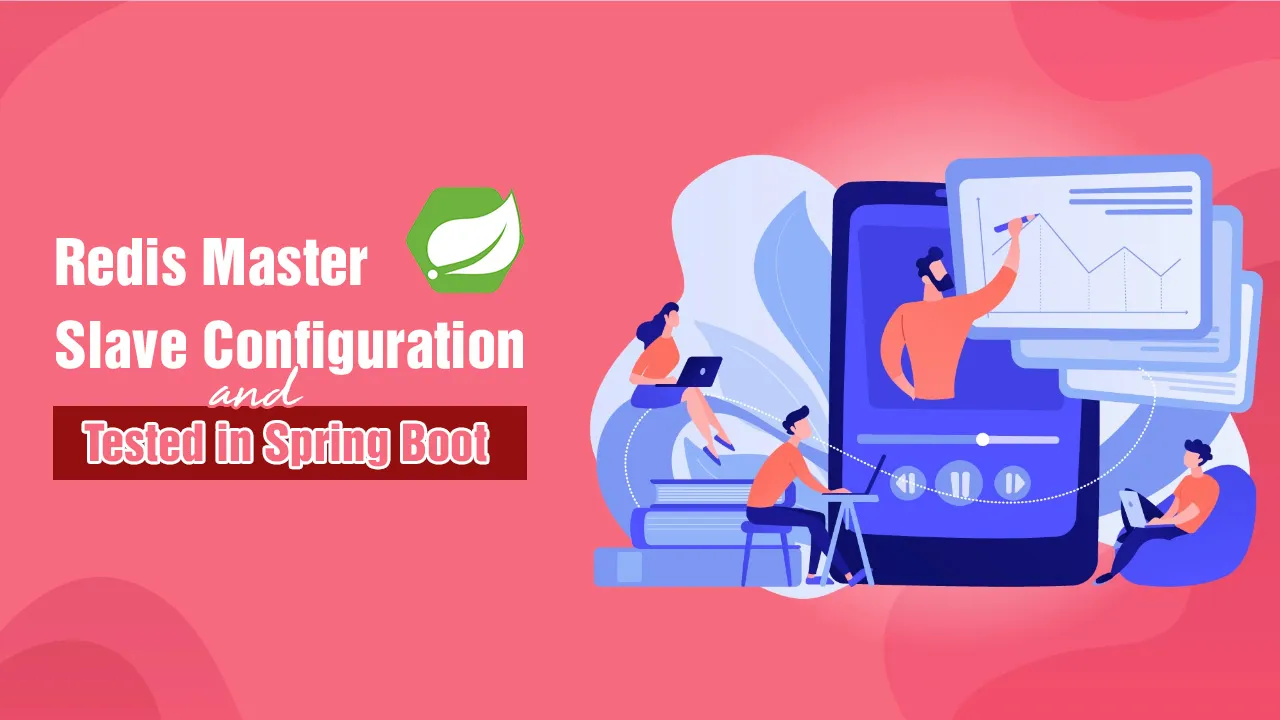This article talks about master-slave configuration set up in local docker setup and we will verify read replica of slave nodes when master is unavailable or down. We can read data of not when the master node is down. This sample is explained with Spring Boot.
In realtime, the application has to process and fetch from multiple tables through joining to get complex data every time. To improve performance, if we could cache the response which does not change frequently, so that performance will be faster.
When cache is implemented there will be a 100% probability that a single instance can be hit with maximum load on a single instance. For Ex: an app service or back-end system continuously sends requests to a single instance then there might be chances where the connections in Redis instance may be exhausted.
To solve this, We can run multiple instances of Redis with master-slave architecture, where the master would be the write node and slaves would act as read-only nodes like scaling horizontally. Any updates to the master would be automatically synced with slave nodes asynchronously. Any write attempt to the slave nodes would be rejected.
#architecure #master-slave #redis #spring-boot-2 #redis master slave configuration and tested in spring boot #redis master slave configuration
